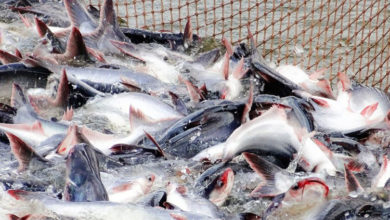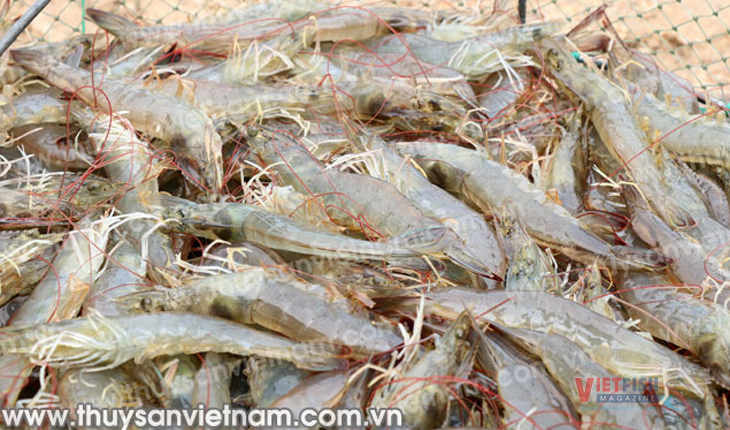Tuna exports slumped 30% in quarter I, hard to rise in quarter II
Tuna exports reached USD 180 million in quarter I, down 30% from the same period last year. Demand for tuna in markets may be low in the next quarter, resulting in difficulties in reaching positive growth in tuna exports in quarter II.
According to VASEP, tuna exports reached over USD 72 million in March, down 31% from the same period last year, leaving the accumulated value of tuna exports in quarter I of 2023 of over USD 180 million, down 30% as compared to quarter I of 2022.
Demand for tuna in major markets is badly affected by inflation and economic recession, resulting in a decline in tuna export volume and prices of this species in quarter I.
By the end of quarter I, Vietnamese tuna had been exported to over 85 markets in the world, with the US, Israel, Japan, Germany, the Netherlands, and Thailand being the top single importers of Vietnamese tuna, accounting for 60% of the total export value in quarter I of Vietnam.
Even though inflation is going down in the US, prices of necessities are still high, thus, people continue to reduce their spendings and tend to buy low-cost products. By the end of March, tuna exports to the US reached USD 64 million, down 53% from the same period last year.
In the EU market, tuna exports inched up by 5% in March after a slump in February. Tuna exports to Italy skyrocketed by 254% in March as compared to the same period last year while exports to the Netherlands stayed still at 52% and exports to Germany declined by 30%.
Exports to CPTPP countries reached USD 26 million in quarter I, down 12% from the same period last year. Exports to Japan and Mexico continued to grow in March while a slump was recorded in exports to Canada.
Even though Vietnam’s tuna exporting companies have entered small markets, the export value couldn’t compensate for the loss in major markets.
A sharp increase was recorded in sales to small markets such as Korea, Peru, the UK, China and Hongkong, and Algeria. Some countries saw a three-digit growth such as Korea with 636%, the US with 182%, and Algeria with 426%.
VASEP said that the world price of tuna material reached the top, resulting in a rise in the domestic price of this species and difficulties faced by businesses.
Besides, high inventories, which were reported in some major markets such as the EU countries, may cover 2 or 3 months of consumption. Thus, demand for importing tuna in these markets will be low in the next quarter, which means tuna exports can not grow in quarter II as compared to the same period last year.
VFM






